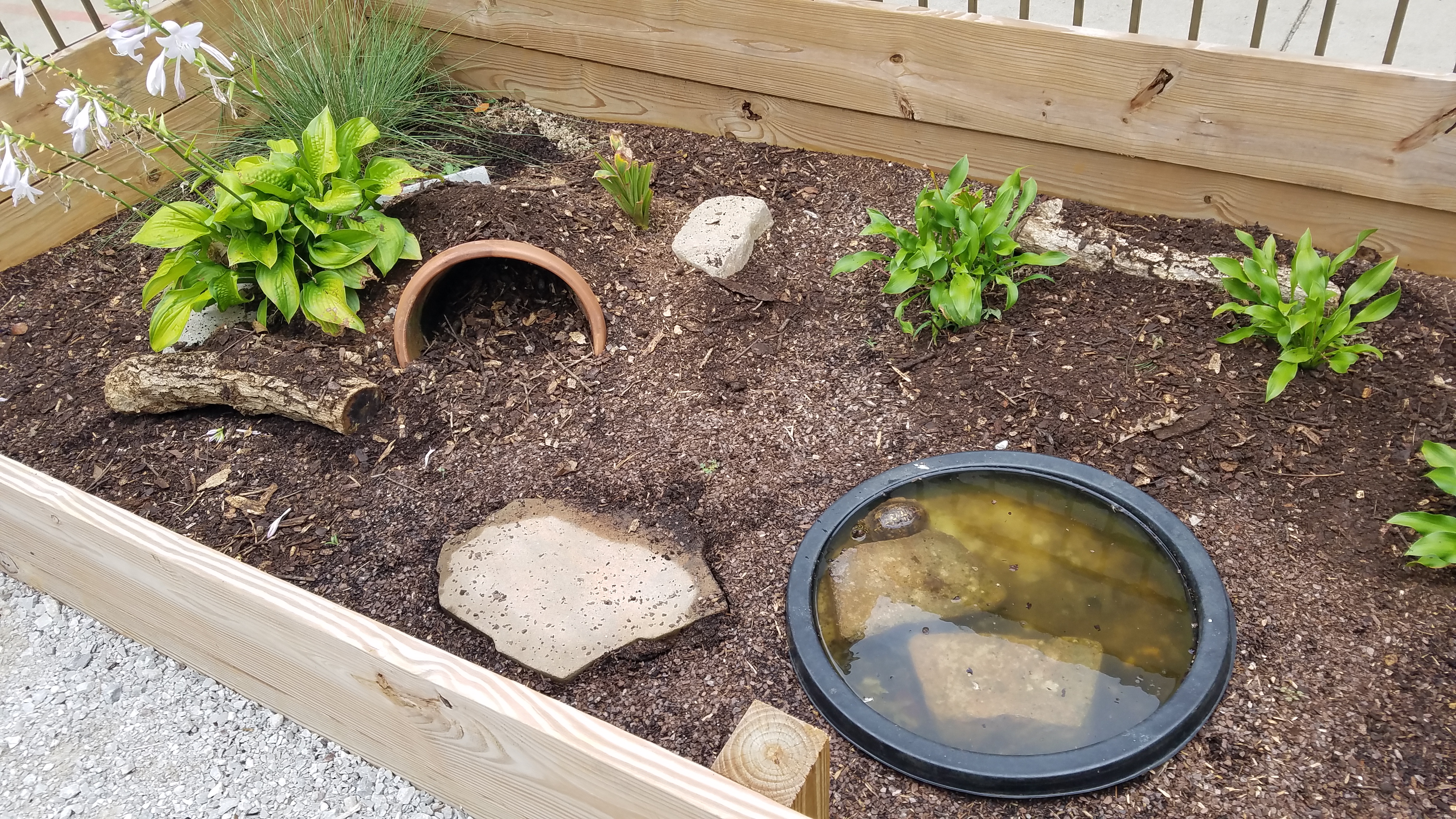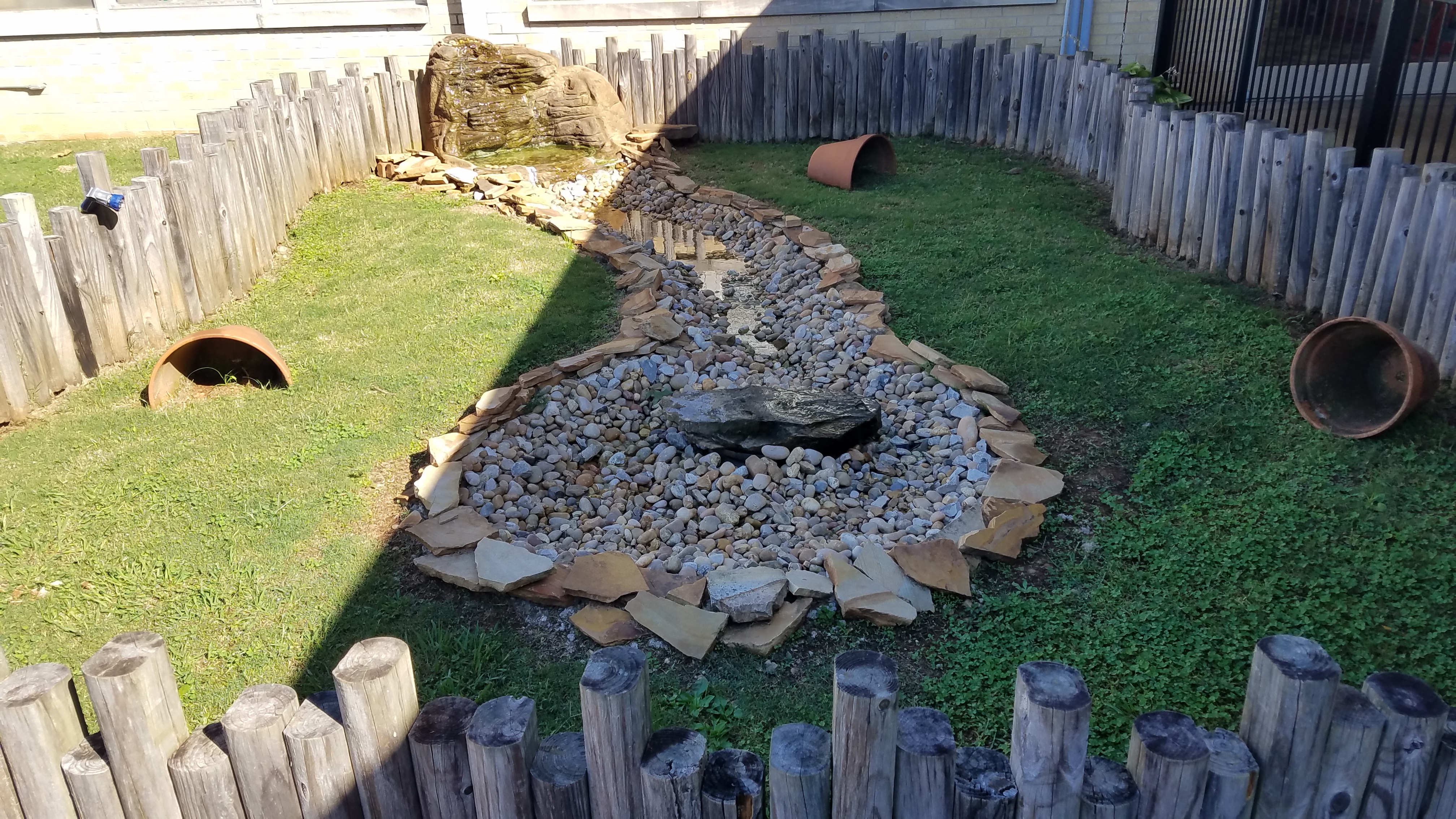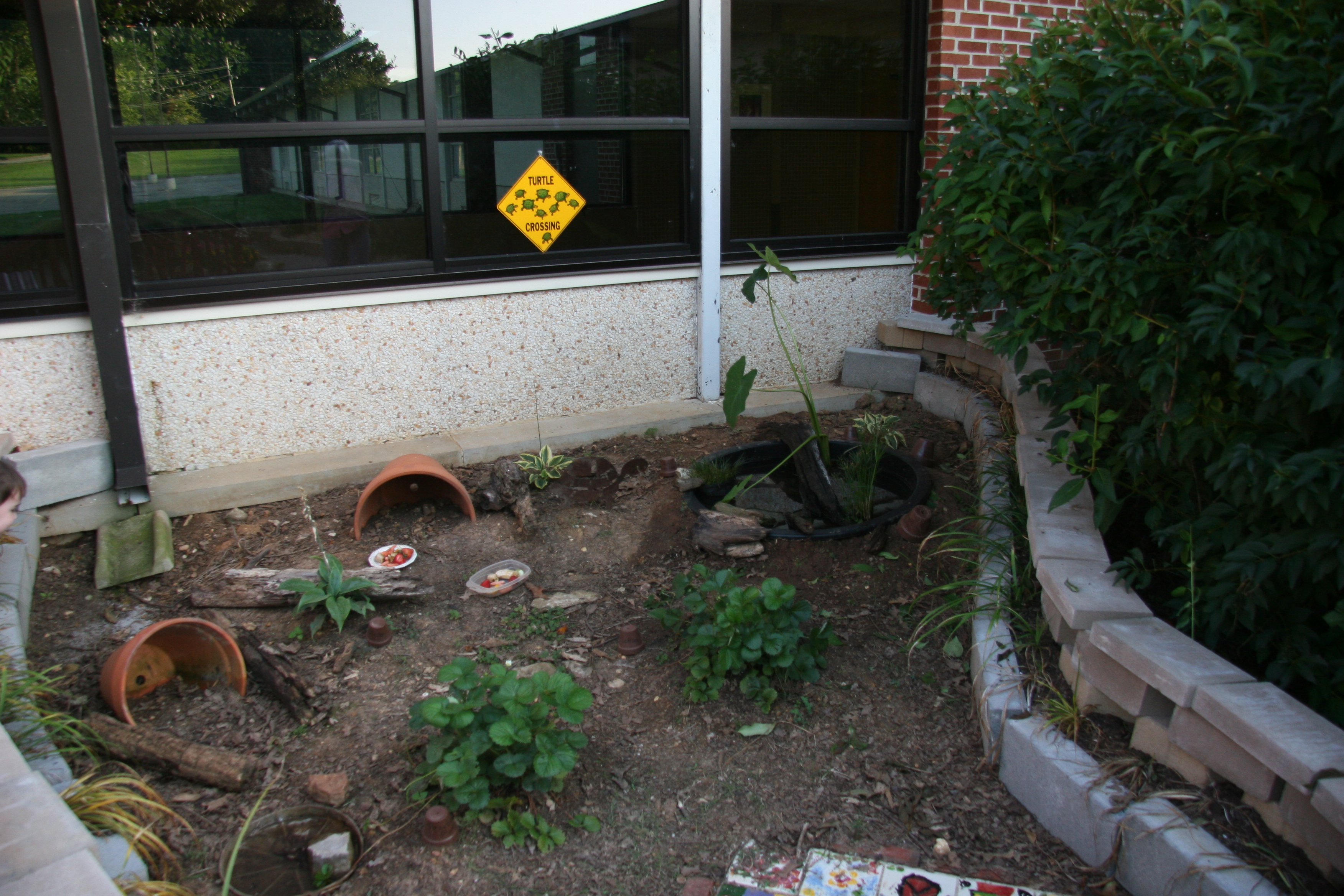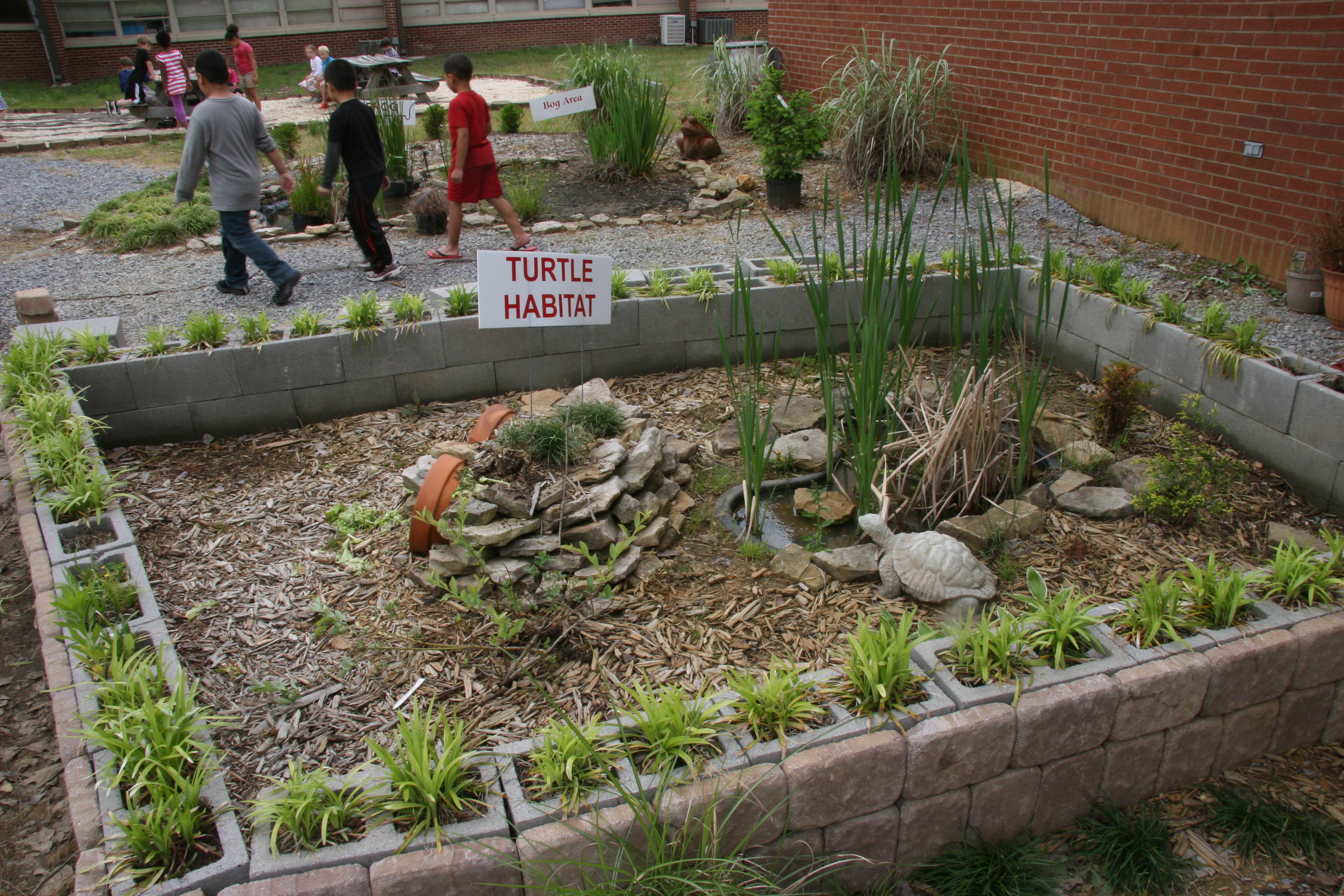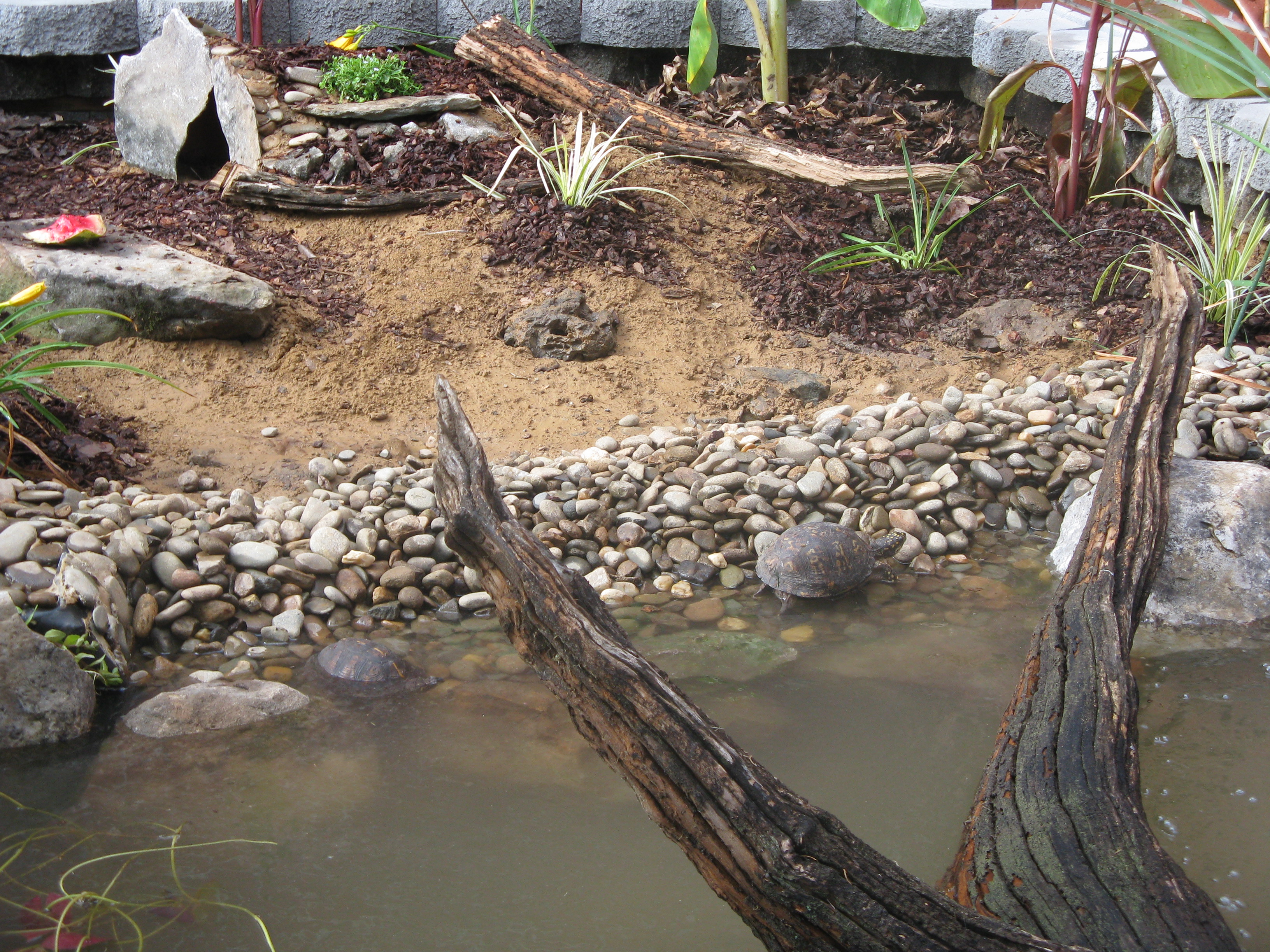Outdoor Learning Station: Box Turtle Habitat
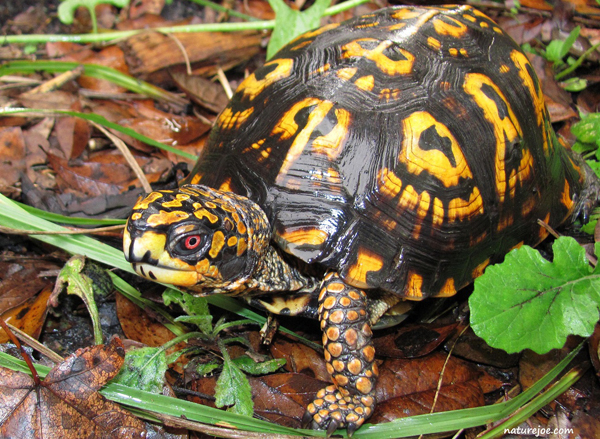 In an outdoor classroom, an Eastern box turtle habitat is an enclosed habitat with a small pond that provides water, plants that provide cover, and a sandy area where they can lay their eggs. Because the turtles are in an enclosure, the school is responsible for providing a balanced, nutritional diet for the turtles.
In an outdoor classroom, an Eastern box turtle habitat is an enclosed habitat with a small pond that provides water, plants that provide cover, and a sandy area where they can lay their eggs. Because the turtles are in an enclosure, the school is responsible for providing a balanced, nutritional diet for the turtles. Note: It is illegal to sell and/or purchase Eastern box turtles. You can ask parents at your school if they have "pet" box turtles that they would like to donate to your school's outdoor classroom. If they do not, then the AWF will work with you to find injured box turtles that need a new home.
Below is information to help you build, use and maintain your Eastern box turtle habitat:
Habitat Suggestions | Materials Budget | Construction Instructions | Educational Sign & QR Code |
Activity Resources | Maintenance Tips | Example Photos
Box Turtle Habitat Suggestions
A box turtle habitat should provide habitat for two Eastern box turtles (a male and a female), including:
Food: Create two separate feeding areas for the two turtles in order to reduce competition for the food. Feed the turtles at least three days a week in the morning or late afternoon. Box turtles are omnivores and should eat a combination of the following:
(1) Native wildflowers, mushrooms and/or berries;
(2) Small invertebrates such as snails, worms, and crickets; and
(3) Dark leafy greens such as kale, mushrooms, cut up vegetables like squash, sweet potatoes or carrots.
*Download the Eastern Box Turtle Feeding Tips for more food suggestions.
Water: Eastern box turtles are terrestrial turtles and will spend most of their time on land, but they do require water to drink and to help them defecate. They also enjoy swimming in the pond to help them cool down and soak their bodies. Therefore, the habitat must include a small backyard pond or water garden that is at least 3 feet in diameter and at least 6 inches deep with flat rocks in the pond that help the turtles get in and out of the pond.
Shelter: To provide shelter from predators, the habitat should include:
(1) Native grasses and plants to hide under, and
(2) A terrocatta pot (or two) buried on its side 6 inches in the ground and filled with leaves and loose soil.
Places to Raise Young: Turtles need a nesting area with sand and/or loose soil where they can dig a hole and lay their eggs.
Hibernation: Eastern box turtles will typically slow down their activity and eating habits in October and then burrow underground and hibernate in November. Therefore, the habitat should include areas with at least 4-6 inches of loose soil and leaves that the turtles can burrow in where they can securely hibernate. In mid-April, box turtles may begin to come out of hibernation, exploring the habitat for food on warm sunny days, and by May they should be fully active without returning to their hibernation burrow.
Basking Area: Because turtles are cold-blooded, it is also helpful to provide rocks or logs in a sunny part of the habitat for the turtles to bask on to warm their bodies. The turtle habitat should also be located in an area that receives at least 6 hours of sunlight while also providing shady spots for the turtles when temperatures are high.
Space: The enclosure should be at least 100 square feet (Ex: 8 ft x 12 ft) to 150 square feet (Ex: 12 ft x 12 ft):
(1) To include the two feeding areas, pond, native plants, nesting site, hibernation area, and basking area; and
(2) To provide space for the turtles to walk around, exercise, and explore.
Materials Budget
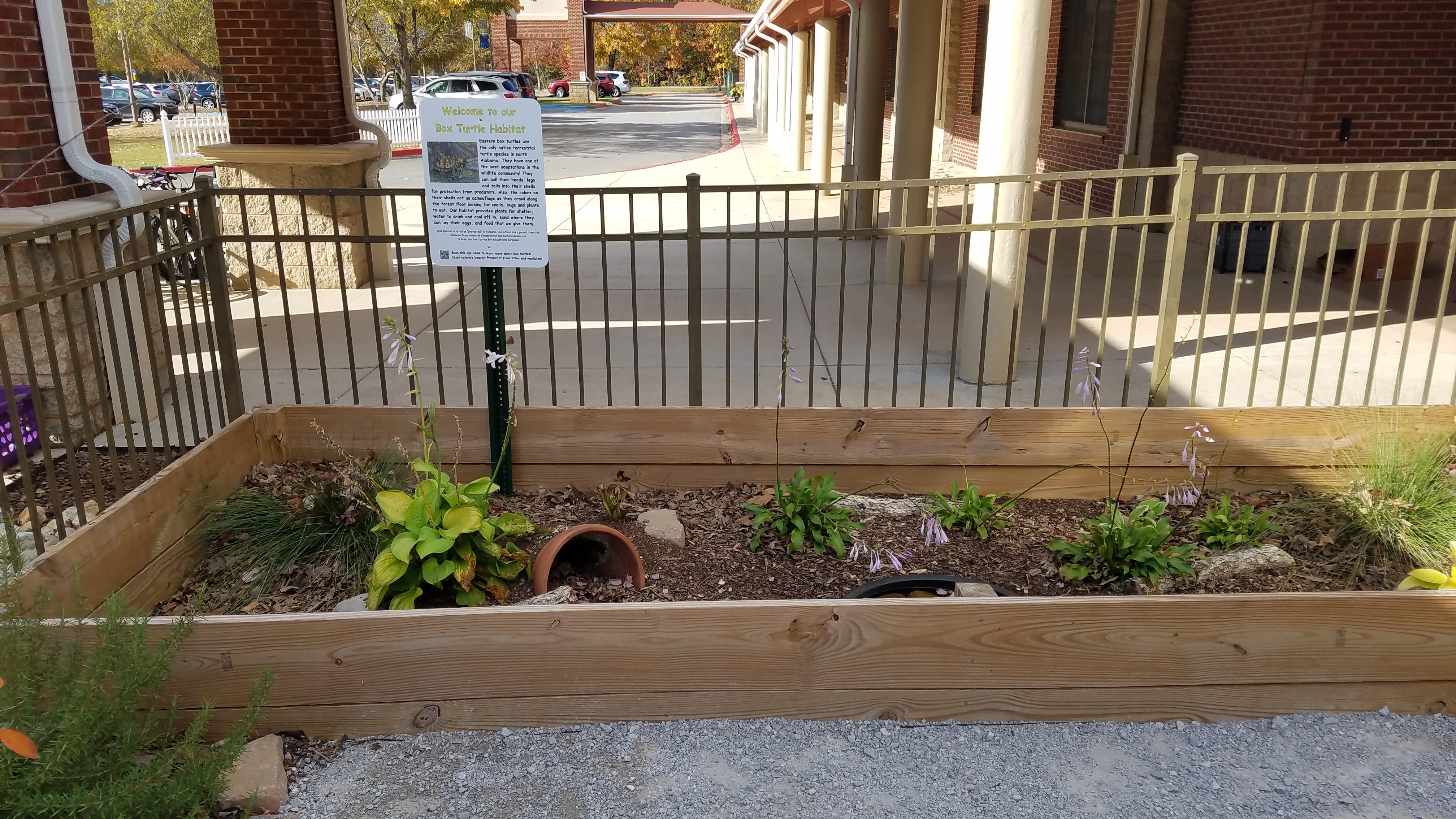
This example project plan for a 16 ft x 8 ft Box Turtle Habitat includes the following:
- a suggested list of materials needed to construct the learning station,
- suggestions about where you can purchase the materials,
- an estimated budget,
- and space where you can track your donations and final costs for this learning station.
Example Eastern Box Turtle Habitat Materials List & Budget: (Word Doc | PDF)
Construction Instructions
These construction instructions include a list of tools & supplies needed for your work day as well as step-by-step construction instructions.
Example Eastern Box Turtle Habitat Construction Instructions: (Word Doc | PDF)
Educational Sign & QR Code
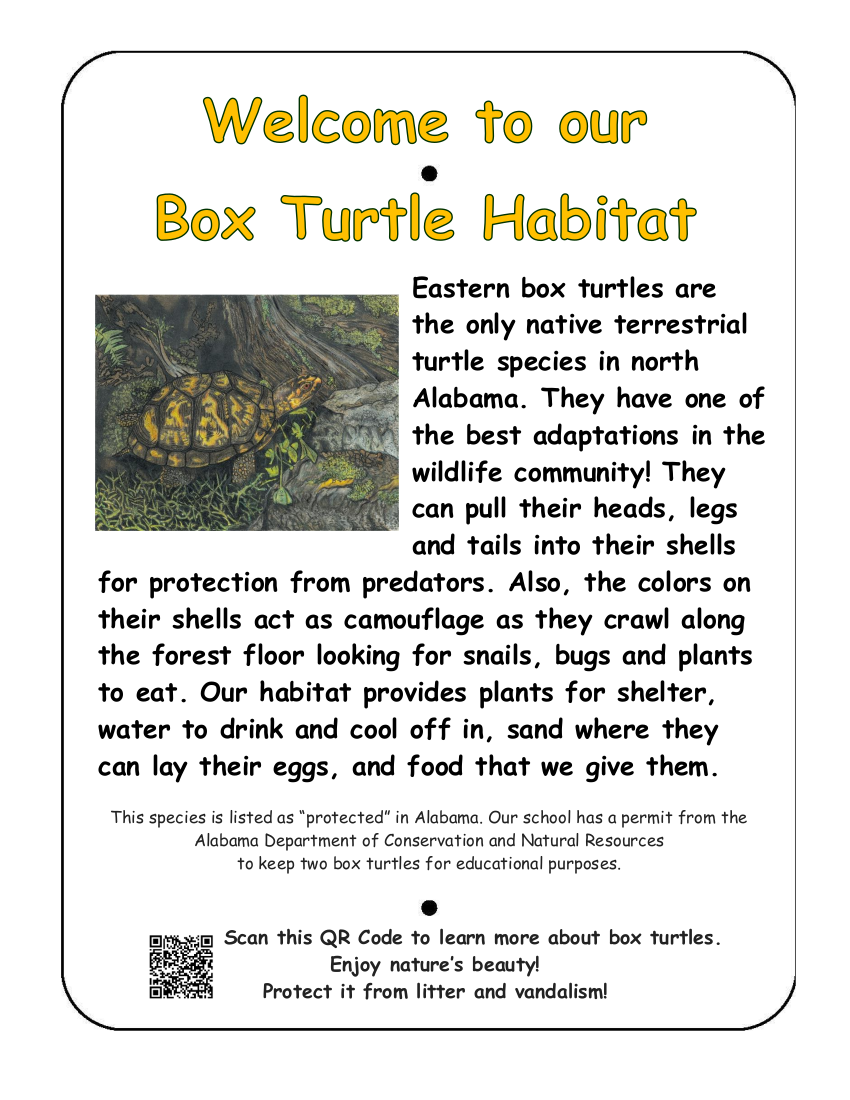
CLICK HERE to download the QR Code for this webpage.
You can inlcude the QR Code on the educational sign for your boxutterfly garden in your outdoor classroom: (PDF | Word Doc)
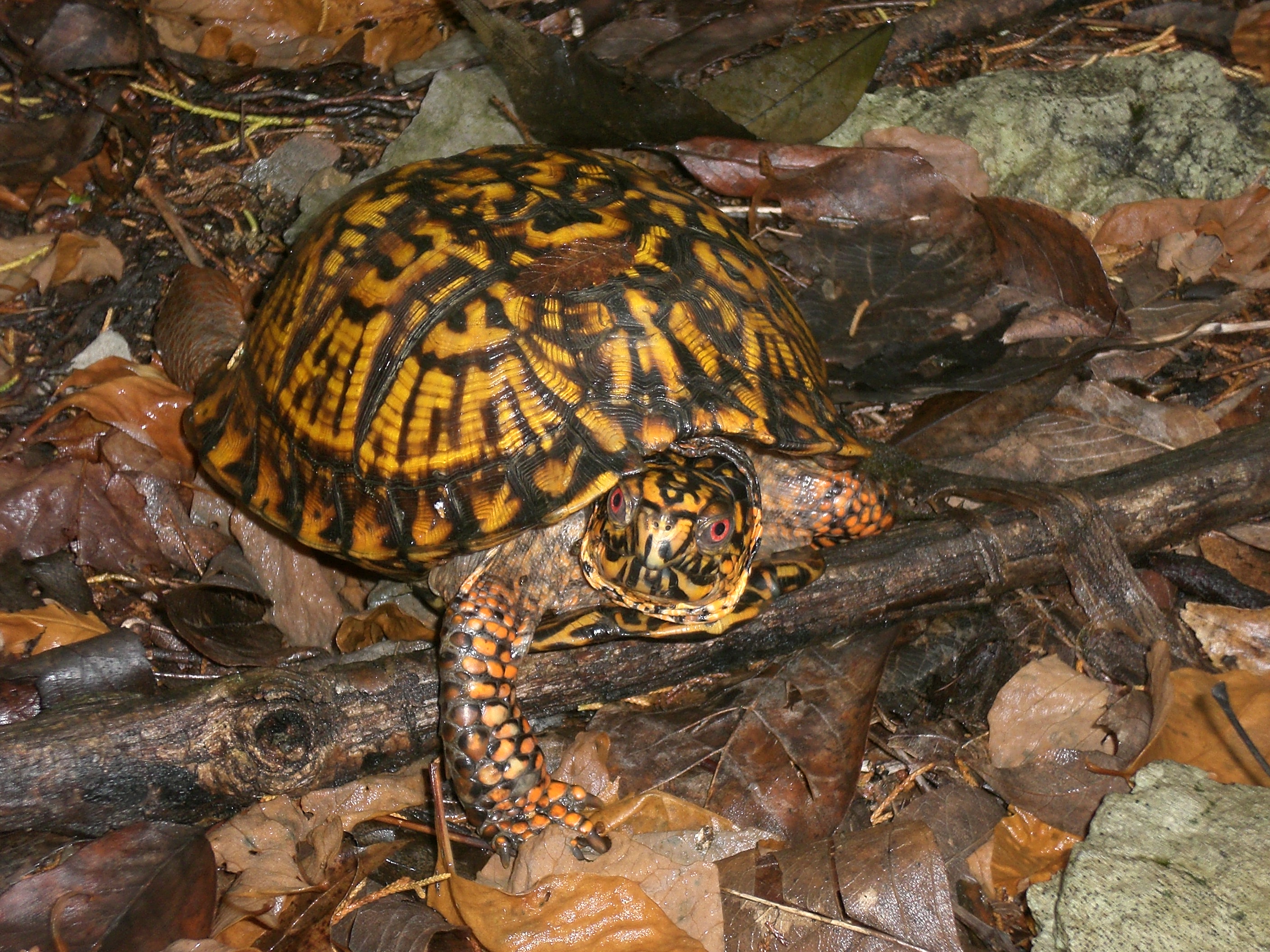 Activity Resources
Activity ResourcesThe links below are to kid-friendly webpages that will help your students explore and research the habitats, plants, and wildlife in your outdoor classroom:
- Use our "Learn about Box Turtles and Their Habitat" webpage to help your students research box turtles and their adaptations.
- Visit the Alabama Department of Conservation and Natural Resources website for detailed information about the Eastern box turtles and other turtles native to Alabama.
- Read our Box Turtle FAQ's for more information about this species.
Below are some free AWF Field Investigation Activities related to Eastern box turtles:
- Animal Features & Adaptations (1st): (Version #1: Word Doc | PDF) Students will explore the outdoor classroom as they look for an animal, and then they record their observations about it and analyze which of its characteristics (adaptations) help it survive.
- Critter Characteristics & Habitats (2nd): (Version #1: Word Doc / PDF) Students look for a bird, insect, amphibian, reptile or mammal in the outdoor classroom, record its features, and then describe its habitat.
AOC Box Turtle Research Program - If your school has a Box Turtle Habitat in your outdoor classroom, you will be required to participate in our Box Turtle Research Program which provides an opportunity for your students to collect and record gender, measurement, age, and brumation data for the captive box turtles that are in their care. This data will provide valuable information in order to better understand growth and brumation patterns of Eastern box turtles across Alabama.
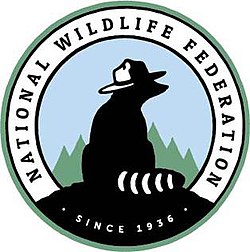 |
Maintenance Tips
To allow classes to adopt the Eastern Box Turtle Habitat and help take care of the turtles, use this Learning Station Adoption Form (Word Doc | PDF), along with the maintenance tips below that include feeding and care instructions:
- Fall Maintenance Tips (Word Doc | PDF)
- Spring Maintenance Tips (Word Doc | PDF)
- Box Turtle Feeding Tips (PDF)
To create a map of your school's Box Turtle Habitat, use this Example Learning Station Map & Plant ID Form (Word Doc | PDF).
Example Photos
Questions: Contact the AWF at aprilwaltz@alabamawildlife.org.
.
 Wildlife Tag
Wildlife Tag
